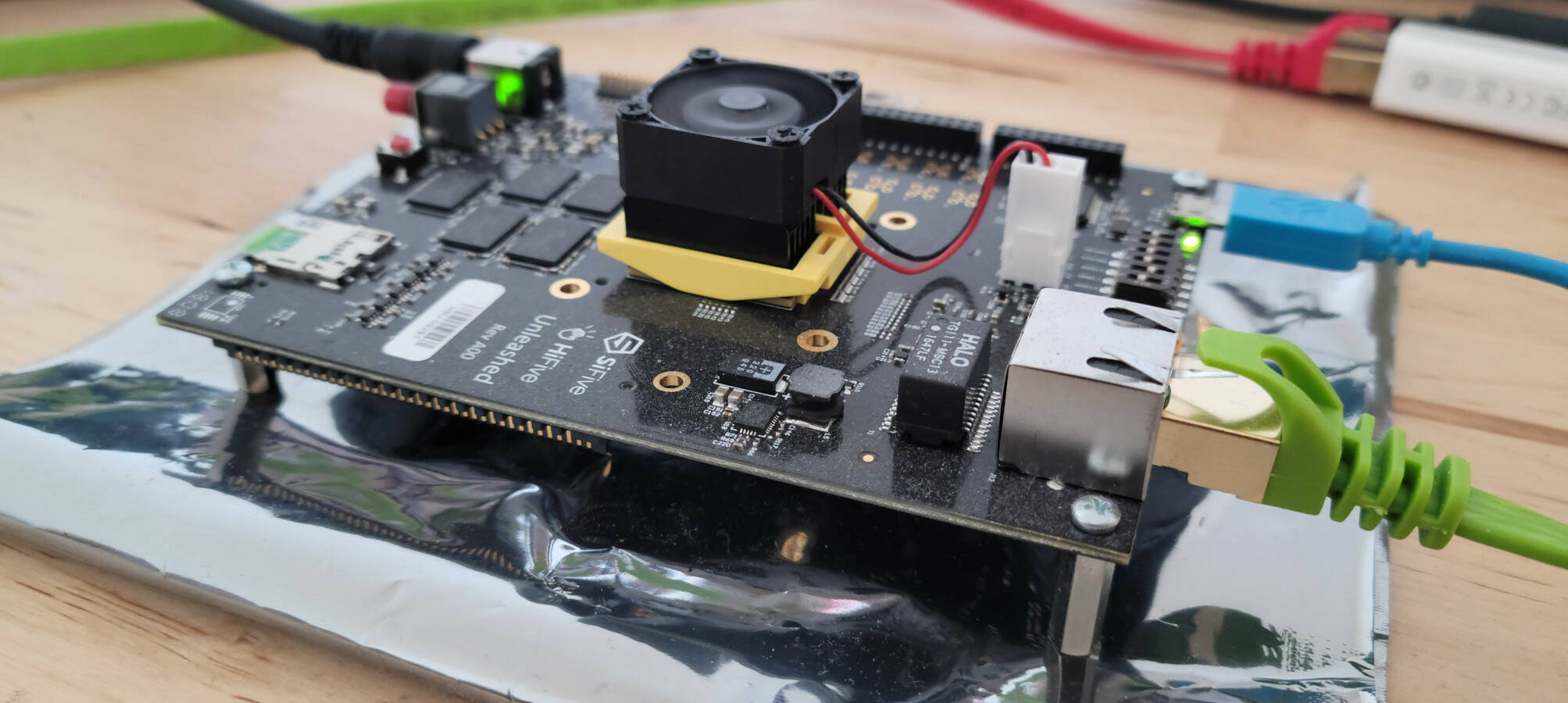- cross-posted to:
- riscv
- graybeard@lemmy.cafe
- cross-posted to:
- riscv
- graybeard@lemmy.cafe
Linux foundation and a number of big names in tech commit top talent and invest on RISC-V. The companies that support this initiative are, among others, Google, Intel, MediaTek, Nvidia, Qualcomm, Red Hat, Samsung, SiFive, etc.
I can’t wait to have all my systems on riscV
That’s the dream! Having systems that are free in every sense.
Now, let’s be clear, RISC-V is a loose definition of an instruction set. It’s free in the sense that you don’t need a license to design a CPU that uses it. However the actual CPU designs are no more free than any other ISA, they will be closely guarded IP of the companies that design them.
Also, since RISC-V includes a minimal base set (truly minimal of like 50 instructions that doesn’t even implement multiplication and division) and a large number of optional extensions and freedom to create new extensions, software compiled to one RISC-V processor doesn’t necessarily run on another. Hence, “ecosystem” people talk about might not happen.
Everything that you say is correct and accurate. Definitely there will be big companies that will create designs and keep them behind their IP walls. However, there will also be some small companies, which otherwise would have been unable to develop their own designs, which will be able to create something compliant with the instruction set and have Linux kernel up and running, with most of the GNU/Linux ecosystem available to them. This is a really big thing. Also, if the small manufacturers follow a common fully open standard (which is in their interest) the benefit will be huge for everyone, users included.
Yes, the benefit of RISC-V I can see is that if a large company, let’s say intel, designs a high performance CPU, a small company can also create a compatible alternative CPU. I don’t think the small companies can really compete in performance with the large ones, even if you manage to create a good CPU once it’s not simply feasible to keep up with hundred times larger r&d teams in long term, but there is a place for the smaller CPUs filling specific niche use cases.
I’d love to run a RISC-V desktop one day.
That’s the dream. Based on RISC-V, a whole open hardware system working with free software, without bloatware and similar nonsense could become available.
Perhaps, it would be a laptop since most/all RISC-V designs are far more efficient than the best ARM.Efficiency is a slippery slope. My laptop is currently incredible efficient, because it’s sleeping with a closed lid. But overall - yes. Laptops would probably be the first foray into consumer electronics, as it’s acceptable for laptops to not have top performance.
It is only gamers who needs the “top performance”. I’ve ran Solidworks on intel igpu since 2015 without problem.
My dream computer would have 4 cores and 24 hr battery life. If it compiles Linux kernel under 3 minutes, it has enough power for me.
The speed of OS doesn’t have anything to do with the cpu power.
I don’t know if this is a good or bad thing. Linux foundation backing it along with HW manufacturers definitely seems positive.



